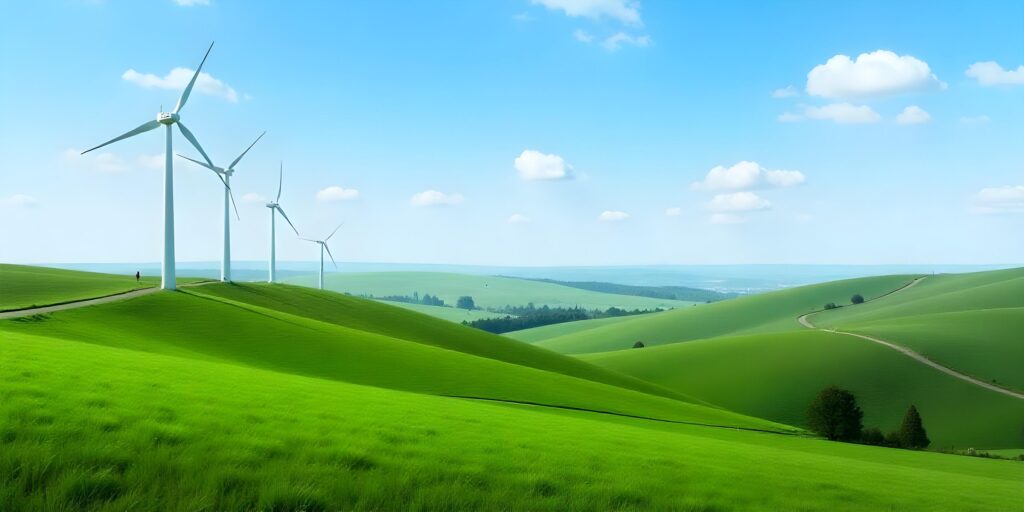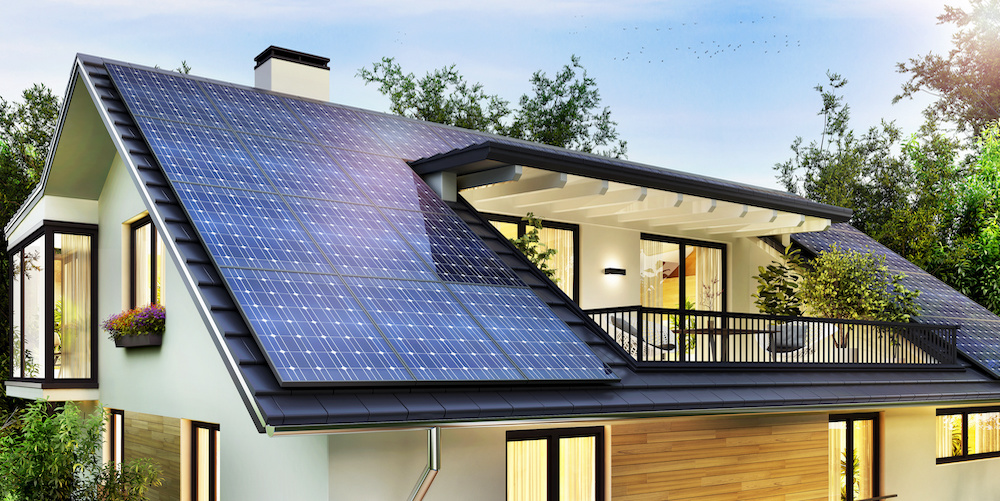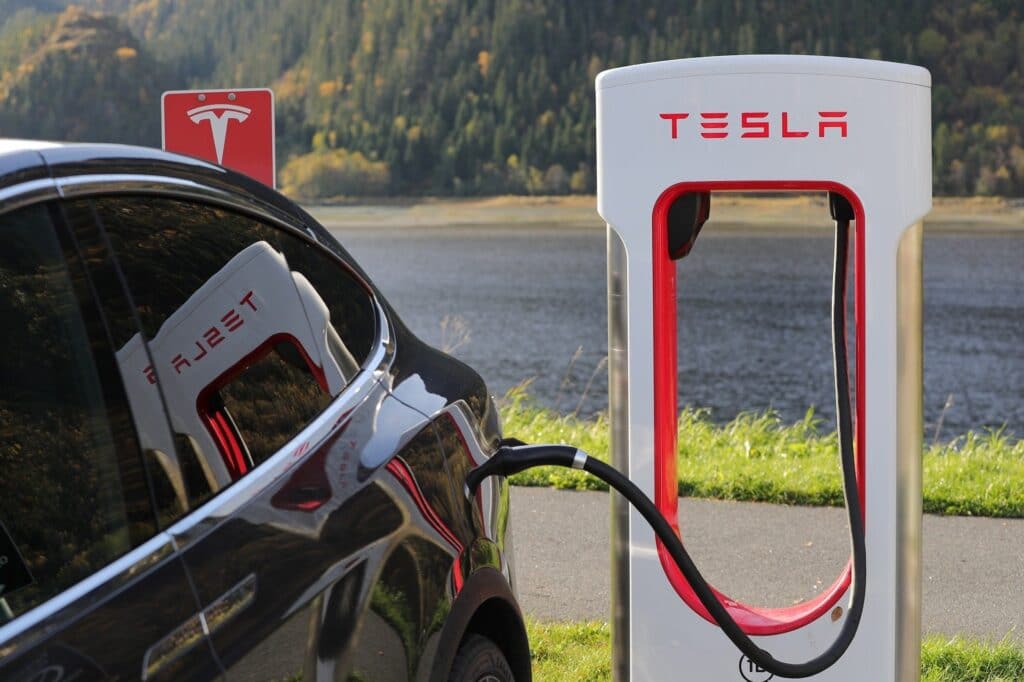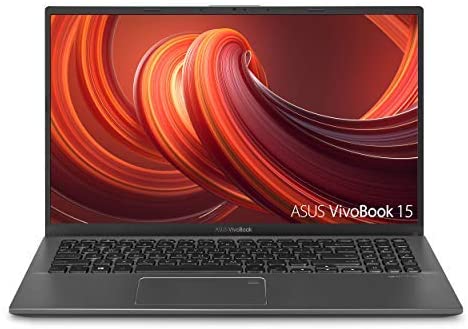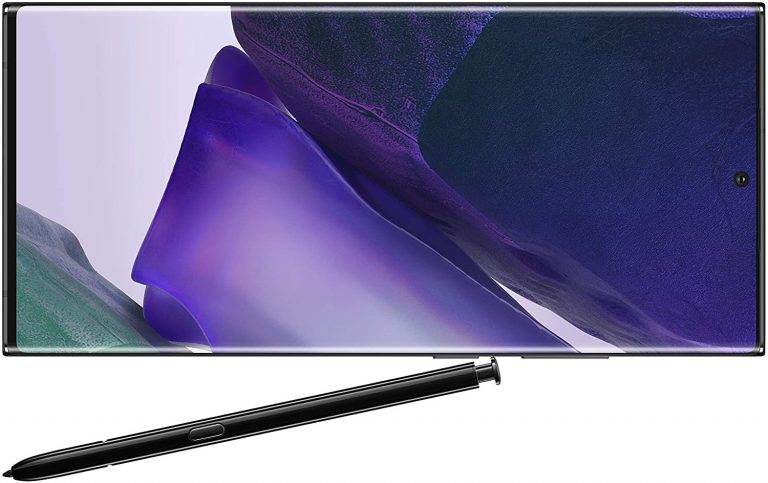Have you ever driven past a field full of windmills, or maybe seen a semi-truck carrying a giant windmill blade, and wondered “what are those even for?” Well, first and foremost, what you’ve seen is likely not technically a windmill, but a wind turbine. We’ll explain the difference in a bit.
The term “windmill” refers to structures that convert wind energy into usable mechanical (rotational) energy. Think those old Dutch windmills from the pre-industrial era (of which there are still over 1,000 in the Netherlands today) that contain four large wooden or metal blades wrapped in sail cloth. This type of windmill, known as a tower mill, was originally invented in western Europe in the late 13th century. These windmills served as an energy source and were primarily used to pump water for irrigation systems.
Windmills quickly expanded beyond irrigation and were used for many different types of labor in the 14th through 19th centuries. Any kind of work that requires mechanical or rotational energy could be automated through use of the windmill. In fact, the windmill gained its name through the use of wind power to grind grain into flour. Windmills were also used in other industries such as lumber, where they powered sawmills and machines that converted wood pulp into paper products.
The sails of a windmill are designed to “catch” the force of passing wind. This force turns the sails, and in doing so rotates a shaft attached to the sails. This process generates mechanical energy that, from there, can be distributed to other machines through the usage of other shafts and gears. Windmill sails come in many designs and varieties, from plain and no-frills to advanced designs that automatically slow the sail if the wind gets too strong or allow for manual braking for maintenance.
The 19th century saw the advent of steam locomotion, and windmills were renewed as a practical source of irrigation. Since steam trains require large amounts of water, windmills were a perfect solution to get water into the train. Trains stopped every 7-10 miles at a water station, where windmills continually pumped water up into water towers. From there, the train crews could refill the train’s boiler with water.
The end of the 19th century also saw the advent of the first wind turbine. A wind turbine is different than a windmill because it converts wind energy into electrical power, while a windmill converts wind energy into mechanical energy. When the wind turns the turbine blades, they rotate, in similar fashion to a windmill. The main difference is that, while windmill blades turn a shaft to produce mechanical energy, wind turbine blades turn a rotor. This rotor is connected to a gearbox, which converts the low-speed, high-torque from the blade rotation into low-torque, high-speed rotation. This high-speed rotation is applied to an aptly named “high-speed shaft”, which powers an electrical generator to produce electricity.
Wind turbines, while technically different from windmills, are often called by the same name. Wind turbine blades are produced to exacting standards, and are highly aerodynamic. This eliminates the need for a sail and reduces wasted energy by reducing wind resistance and associated drag. The mechanical tolerances for wind turbine blades are very low (in other words, the blade needs to be created to nearly-exact dimensions) and the blade must be both very large to catch the maximum amount of wind and must have a one-piece design to lower air resistance as much as possible. This is why you may have seen trucks carrying very large wind turbine blades.
One of the most common wind turbine models, the GE 1.5-megawatt, utilizes blades that are 116 feet long and weigh more than 36 tons. This presents an obvious transportation challenge, especially if you consider that both the origin and delivery points of these blades are in remote or rural locations.
Today, wind turbines and windmills are regarded as important sources of renewable energy for residential and commercial applications. Compared to other forms of renewable energy such as solar power, wind turbines have distinct advantages and disadvantages to consider.
Quite possibly the greatest advantage of wind energy is its much greater power output. The previously discussed GE wind turbine model can output 1.5 megawatts of electrical power, while typical solar panels only output well under 1000 watts. This means that one commercial wind turbine produces thousands of times the energy of a solar panel!
This huge advantage comes with several downsides, however. Since wind turbines have many moving parts, and solar panels do not, the failure rate of wind turbines is much higher. Wind turbines also require much more maintenance than solar panels due to their moving parts. Additionally, wind turbines have a higher failure rate than solar because they are subjected to harsher environmental conditions such as high winds. Additionally, power generation from wind turbines is subject to much more fluctuation than solar panels, since wind is not as constant as sunlight on average.
Much like solar, wind turbines can also be used on a residential scale to power homes. Because of their greater energy output compared to solar, many individuals who live in windy regions prefer wind turbines because they take up much less space for the same amount of energy generation.
Believe it or not, despite the much more widespread usage of wind turbines, there are still some traditional, non-electric windmills in use today. The vast majority of these windmills are used on small farms to lift water from wells in the place of an electric well pump. In fact, some windmills are even used for other traditional purposes – Holland, Michigan houses a windmill named “De Zwaan” (Dutch for “The Swan”), which is used for grinding grain into flour. This windmill was build in the Netherlands in 1761, relocated to Michigan in 1964, and is currently the only working Dutch windmill in the United States.
Windmills have been an important source of energy for centuries, and they are likely not going anywhere soon. Wind turbine technology advancements are quickly cementing their place in the world’s renewable energy arsenal, and we will likely see many more windmills in years to come.















